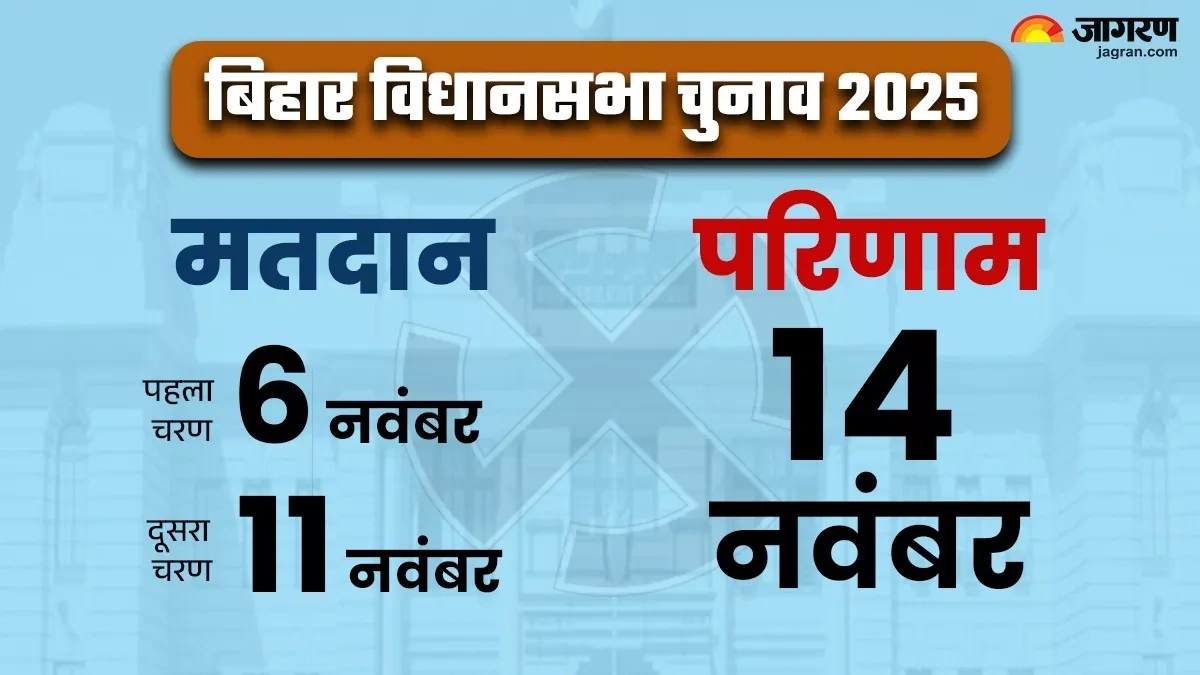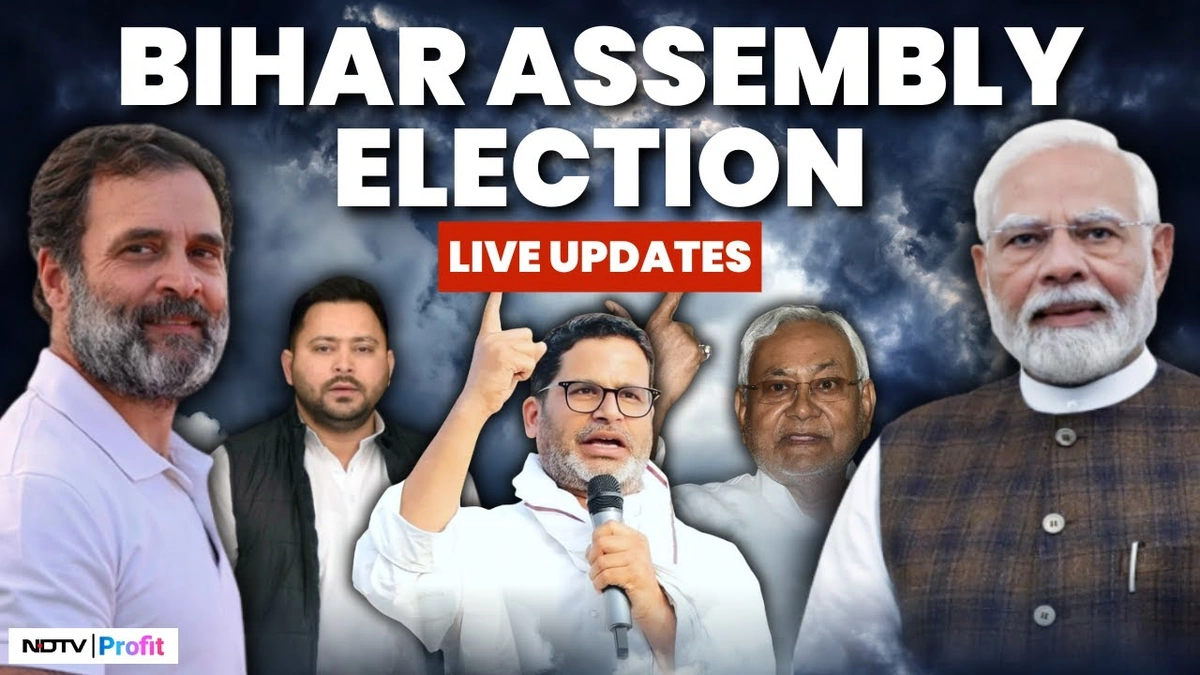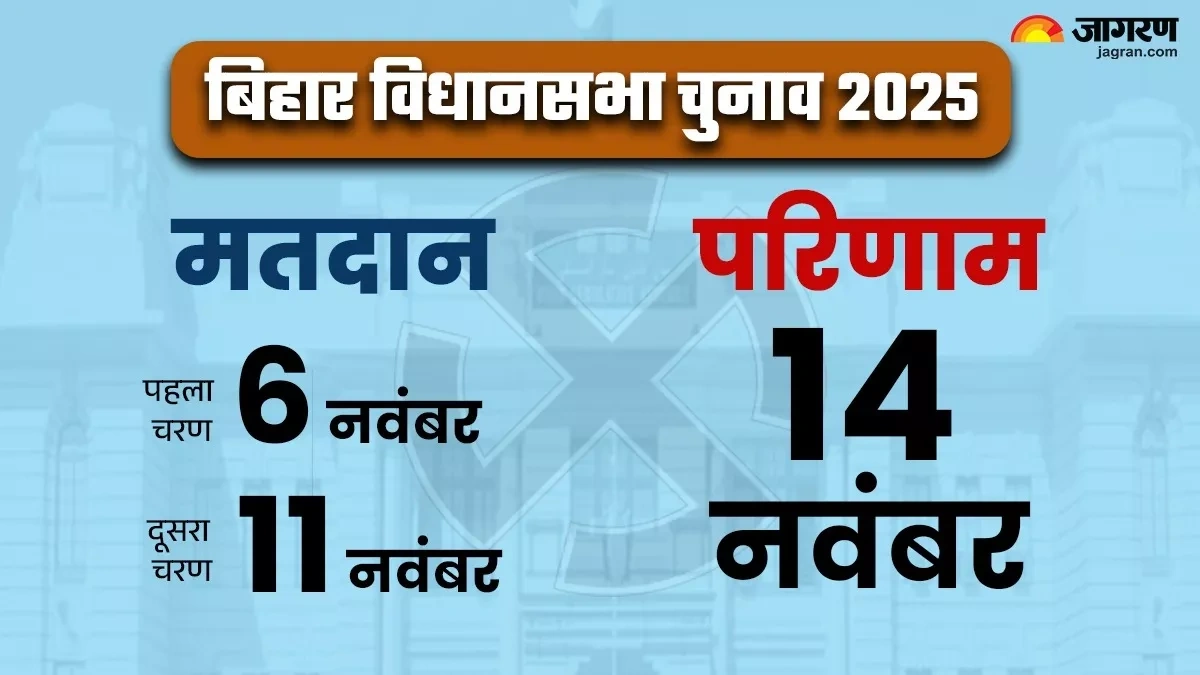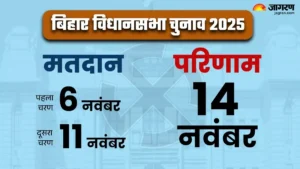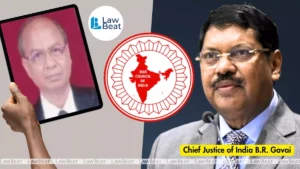Trump’s “Reciprocal Tax” Threat | What It Really Means for Your Wallet and India’s Future
Let’s be honest. You’re scrolling through your phone, maybe sipping your morning chai, and you see another headline about Donald Trump. It’s easy to tune it out. It feels distant, like political noise from another continent. But then you catch a specific phrase he keeps repeating: a “reciprocal tax” aimed at countries like India.
And suddenly, it doesn’t feel so distant anymore.
Is this just campaign talk? Or is it the opening salvo in a trade war that could ripple through the Indian economy, affecting everything from the price of your next smartphone to the stability of jobs in Bangalore and Tiruppur? As someone who has watched these global trade winds shift for years, I can tell you this: it’s far more than just noise. It’s a signal. And to understand what’s coming, we need to look past the headlines and understand the why behind the bluster.
Déjà Vu? Remembering the First Round of Trump Tariffs on India
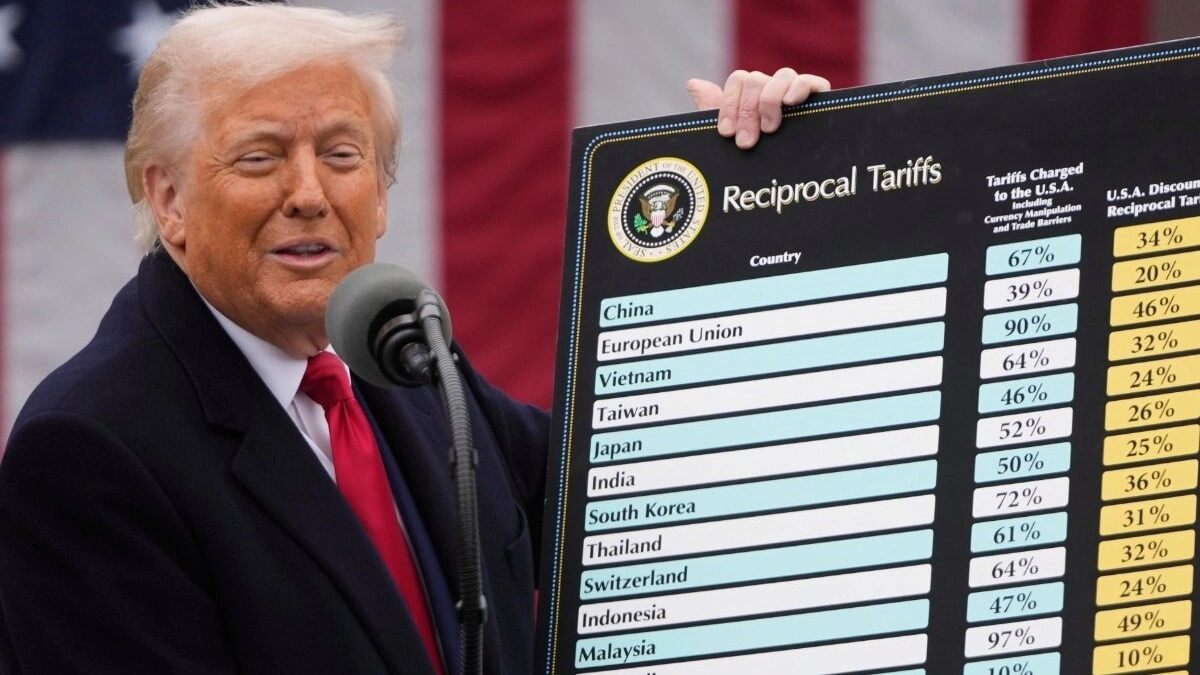
To understand the future, we have to look at the past. This isn’t our first rodeo with trump tariffs india . During his first term, the “America First” policy wasn’t just a slogan; it had real-world consequences for us.
Remember the fuss over steel and aluminum tariffs? India, along with many other nations, was hit with heavy duties on these crucial exports. But the real sting came from something a bit more obscure: the withdrawal of the Generalized System of Preferences, or GSP status.
Let me break that down. For decades, GSP was like a special discount coupon the U.S. gave to developing countries like India. It allowed thousands of Indian products to enter the American market duty-free. It was a huge boost for our exporters, especially small and medium-sized businesses in sectors like textiles, engineering goods, and handicrafts. The GSP withdrawal India Trump decision in 2019 abruptly cancelled that coupon.
The official reason was a dispute over market access, specifically concerning American dairy products and medical devices. But the underlying philosophy was clear: Trump saw trade not as a mutually beneficial exchange but as a zero-sum game of winners and losers. He looked at the U.S. trade deficit with India and saw America “losing.” The GSP withdrawal was his way of trying to level the playing field, even if it meant disrupting a system that had worked for years. It was a preview of the much bigger storm he’s now threatening.
Deconstructing the “Reciprocal Tax” | More Than Just a Catchphrase
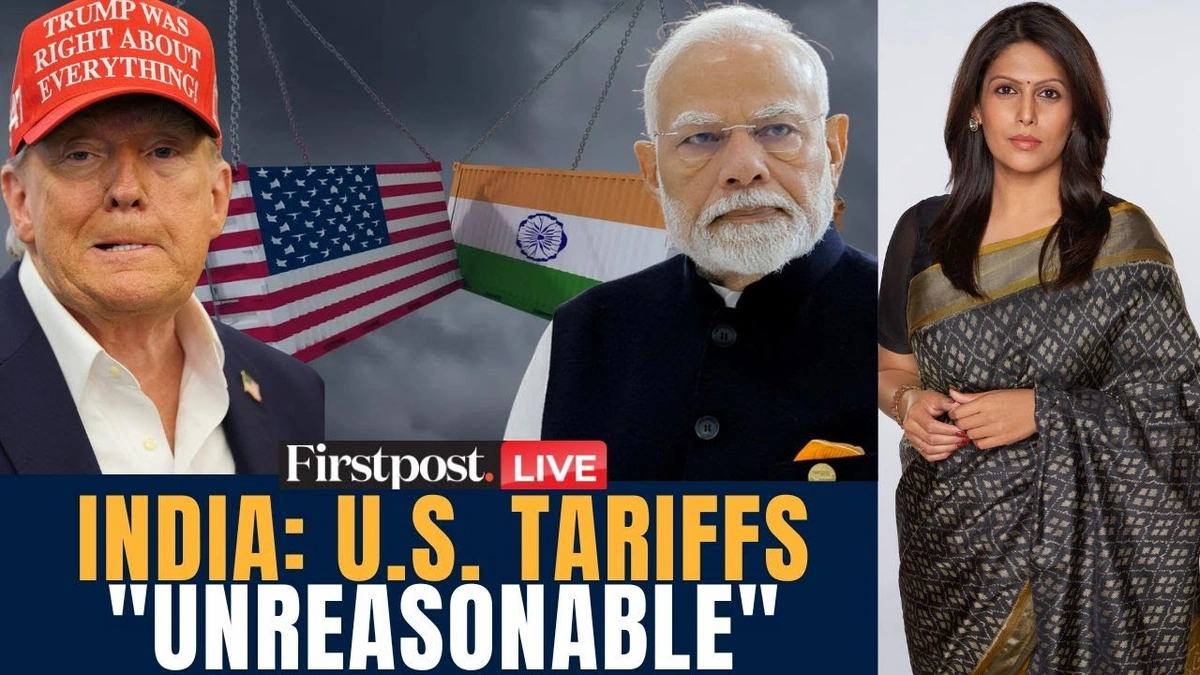
So, what is this new threat, the so-called “reciprocal tax”?
At first glance, it sounds almost fair. The idea, as Trump explains it, is simple: “If India charges us a 100% tariff on a product, we’ll charge them a 100% tariff on a product.” It plays well on the campaign trail. It sounds like common-sense justice. But here’s the thing: it’s a wrecking ball aimed at the entire structure of global trade.
For over 70 years, global trade has been governed by a complex set of rules under organizations like the World Trade Organization (WTO). One of the core tenets is the “Most-Favoured-Nation” principle, which essentially says you can’t just slap a random tariff on one country without applying it to all your trading partners (with some exceptions). The system is designed to create stability and predictability.
The trump reciprocal tax india proposal throws all of that out the window. It replaces a rules-based system with a tit-for-tat, street-fight mentality. The problem is, tariff structures are incredibly complex. India might have high tariffs on luxury goods like Harley-Davidson motorcycles (a famous Trump talking point) to protect its domestic industry or for revenue, while having very low tariffs on essential raw materials the U.S. exports. A blanket “reciprocal” approach ignores these nuances entirely and could lead to a chaotic, spiraling trade war where everyone raises tariffs on everyone else. The complexity of these issues is a key reason why understanding the international news impact explained is so crucial for our domestic economy.
Which Indian Sectors are in the Firing Line?
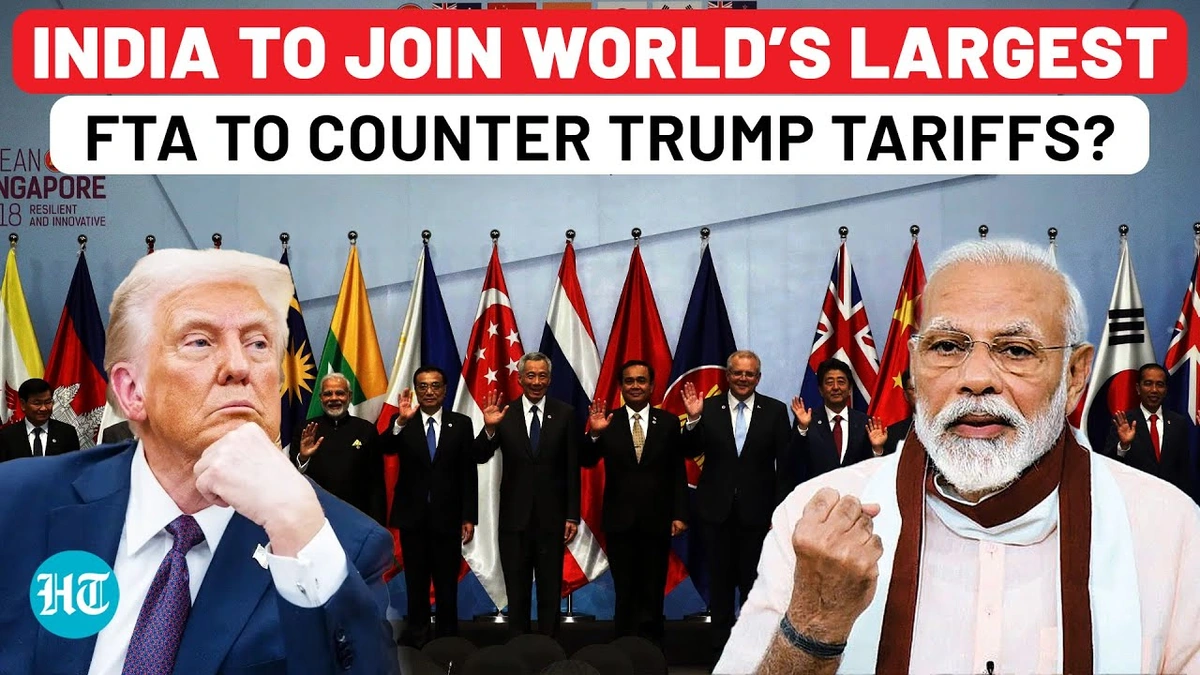
Okay, let’s get practical. If a Trump 2.0 presidency goes ahead with this, who gets hit the hardest? The impact of Trump tariffs on the Indian economy wouldn’t be uniform. We have to look at what we sell the most to the U.S.
India’s exports to USA are a diverse mix, but some key sectors would be squarely in the crosshairs:
- Gems and Jewelry: This is a massive export category. While many raw materials are imported, the value addition happens here. Tariffs could make Indian jewelry uncompetitive overnight.
- Pharmaceuticals: India is the “pharmacy of the world,” and the U.S. is our biggest market. While life-saving drugs might be spared, other pharmaceuticals and generic medicines could face steep duties, impacting a cornerstone of our export strength.
- Electronics and Machinery: From smartphone components to auto parts, India’s manufacturing sector has been making steady gains. Tariffs would act as a massive brake on this growth.
- Textiles and Apparel: An old-school but vital industry that employs millions. A 10% or higher tariff could be devastating for an industry already facing stiff competition from countries like Vietnam and Bangladesh.
And it’s not just about the big corporations. The ripple effect would be immense. Think about the small workshop in Moradabad making brassware, or the textile mill in Coimbatore. These businesses are part of a long supply chain that ultimately sells to the U.S. market. Their survival depends on the health of our export economy, just as household stability in some regions might depend on programs like the kalyana lakshmi scheme . International trade policy and domestic welfare are more connected than we think.
The Geopolitical Chessboard | It’s Not Just About Trade Deficits
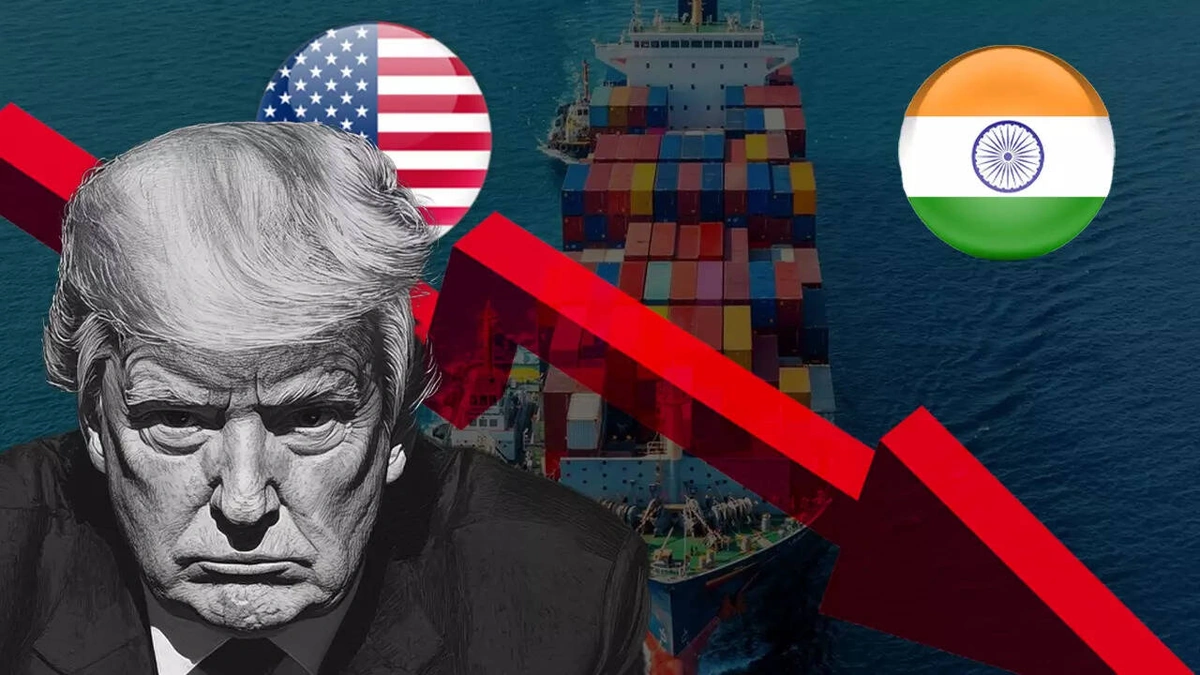
Here’s where it gets really fascinating. This isn’t just an economic issue; it’s a massive geopolitical puzzle.
The single biggest foreign policy challenge for the United States, under any president, is its strategic competition with China. To counter China’s influence in the Indo-Pacific, the U.S. needs strong allies. And who is the most crucial, indispensable partner in that equation? India.
This creates a fundamental contradiction at the heart of a potential Trump presidency 2.0 India policy. How can you simultaneously court India as a key strategic partner in the Quad alliance while punishing it with aggressive trade tariffs? Can you work with a country on military and security cooperation on Monday and then hit its key industries with a 60% tariff on Tuesday?
This is the tightrope a new Trump administration would have to walk. Some analysts believe the geopolitical necessity of countering China would ultimately soften the trade aggression. Others argue that Trump’s “America First” transactional worldview would override any strategic considerations. He might see the tariffs as leverage to extract concessions from India on other fronts.
The truth is, nobody knows for sure. What is certain is that the us india trade relations would enter a period of profound uncertainty, forcing New Delhi to navigate a very delicate balancing act.
So, when you see those headlines, don’t just dismiss them. The conversation about a “reciprocal tax” isn’t just about tariffs; it’s about the fundamental rewriting of global rules. It’s a test of India’s economic resilience, its diplomatic skill, and its place in a rapidly changing world order. It’s a story that starts in Washington D.C., but its final chapters will be written right here, in the factories, boardrooms, and households of India.
Frequently Asked Questions About Trump’s Potential Tariffs on India
What is a “reciprocal tax” in simple terms?
Think of it as a “tit-for-tat” tax. If Country A (India) charges a 50% tariff on a specific American product, Trump’s proposal is for Country B (the U.S.) to automatically apply a 50% tariff on a similar Indian product. It ignores existing international trade agreements and could lead to escalating trade disputes.
Didn’t India and the US have trade issues during Trump’s first term?
Yes, absolutely. The most significant issues were the U.S. imposing tariffs on Indian steel and aluminum and, more importantly, removing India’s GSP status, which had allowed many Indian goods to enter the U.S. market duty-free for years. The current proposals are seen as a potential escalation of those earlier policies.
Which Indian products would be most affected by new tariffs?
Key sectors at risk include gems and jewelry, pharmaceuticals, electronics, engineering goods, and textiles/apparel. These are some of the largest categories in India’s exports to USA and would be highly vulnerable to new duties.
Could these tariffs actually benefit India in some way?
It’s a long shot, but some argue that such aggressive protectionism could force Indian industries to become more self-reliant and focus on developing other export markets. However, the immediate negative impact of losing access to our largest trading partner would likely far outweigh any potential long-term benefits.
How does this affect the average person in India?
The impact could be indirect but significant. If major export industries are hit, it could lead to job losses or slower job creation. It could also weaken the rupee, making imports (like fuel) more expensive. Essentially, a major disruption in trade with our biggest partner can create economic headwinds that are felt across the country.

